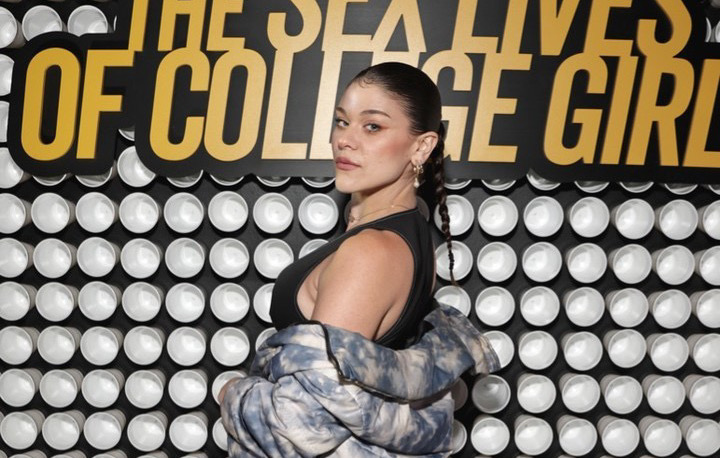Why are a Majority of Latinx-centered Shows Getting Canceled?


So you’ve started watching a show you really like but then you realize it has been canceled and there’s only one to two seasons. But why has it been canceled? What was wrong with the show that it couldn’t last just a bit longer, I mean no one wants to be left with a sad pit in your heart and an itch in your brain that comes from another unfinished story. This kind of abrupt ending is a common occurrence in Hollywood, but it’s especially common among shows that fall under the category of Latinx Media. We miss out on great stories about Hispanic and Latinx folks when shows like Starz’s “Vida” or Netflix’s “Gentefied” get canceled, leaving its viewership hanging and many wishing for more opportunities to see themselves represented in media.
The reason often presented on why these shows get canceled has been that they receive low numbers. But news like these are received with a cry of confusion and leave viewers disappointed, which begs the question if this can really be the right decision?
Is Hollywood considering who is watching?
So much love for a show that did not acquire enough numbers feels wrong, and is something to question, particularly for shows that don’t exactly follow the mainstream. There is a large population of Hispanics and Latinx in the U.S. with the population reaching 62.5 million in 2021. Of this 62.5 million, 43.6% of Latinos’ total TV viewing came from a streaming platform such as Netflix. The platform itself has over 100 original shows and has only two Latino leads.

How is it that, according to The Pew Research Center, Latinx communities are the largest ethnic minority group in the U.S., and yet they are severely underrepresented in the media holding only 5.9% of speaking parts in movies and shows. This is a really small number that should change to match what the avid TV consumer would say since 56% of Hispanics stated they’re more likely to continue watching content when it features someone from their identity group. The study on Nielsen.com has also shared that 41% of Hispanics feel there’s not enough content that represents them.
Why does strong Latinx representation mean and why is it important?

A lack of representation in television and movies creates a message that Latinx women, men, and folks do not matter. In today’s society we receive a lot of validation from what’s in the media, and not being able to see yourself represented, especially for those in a minority group, is detrimental. Instead of casting networks employing People of Color to say they’ve done something, what we need to see are multidimensional characters.
No more stereotypes or one dimensional characters, but well-rounded individuals and families, as well as fuller stories so if they do share a story about a hard-working Latinx maid they are not just a static character, but someone who has a story worth sharing. It’s a source of pride to see your community and family experience represented in content that normalizes and humanizes the Latinx experiences.

What do we need from Networks?
Portraying Latinx families and their experiences in a positive way impacts society’s perception, but also has a larger impact on how the Latinx community feels about themselves. It reminds the community that they can indeed take up space in this world and are not invisible and the jobs or lives they can have are not as limited. The continued misrepresentation and cancelations that networks provide stir up feelings of shame. Furthermore, there’s not much opportunity for these shows to grow an audience; the leeway these shows have is much smaller compared to shows with a mainly white cast.
Networks and streaming platforms need to not only acknowledge the importance of diverse characters and shows, but actually commit to their word when it comes to creating more Latinx-centered shows. Here’s to carrying on shows with a Latinx cast – one season at a time, but hopefully more than one.




